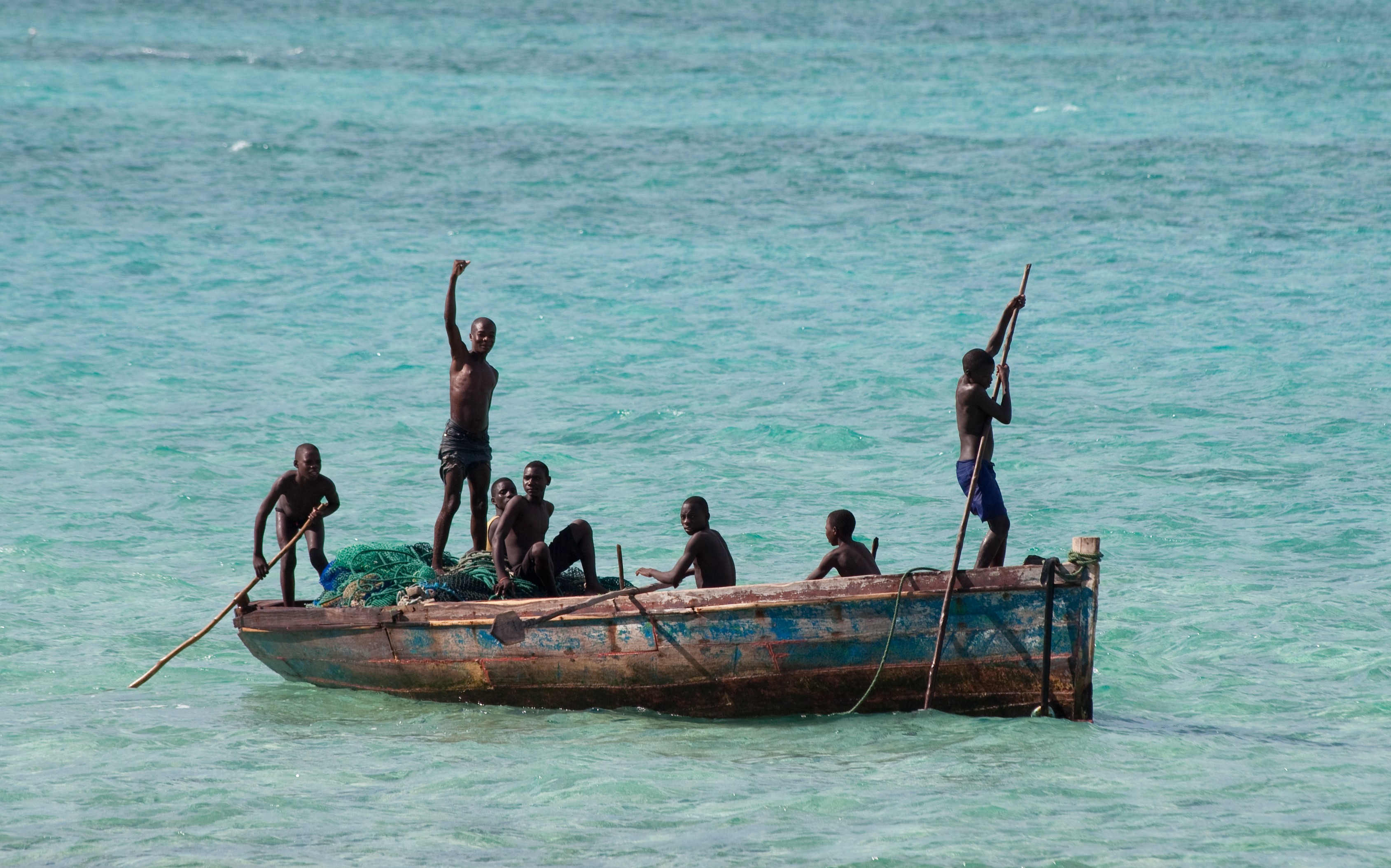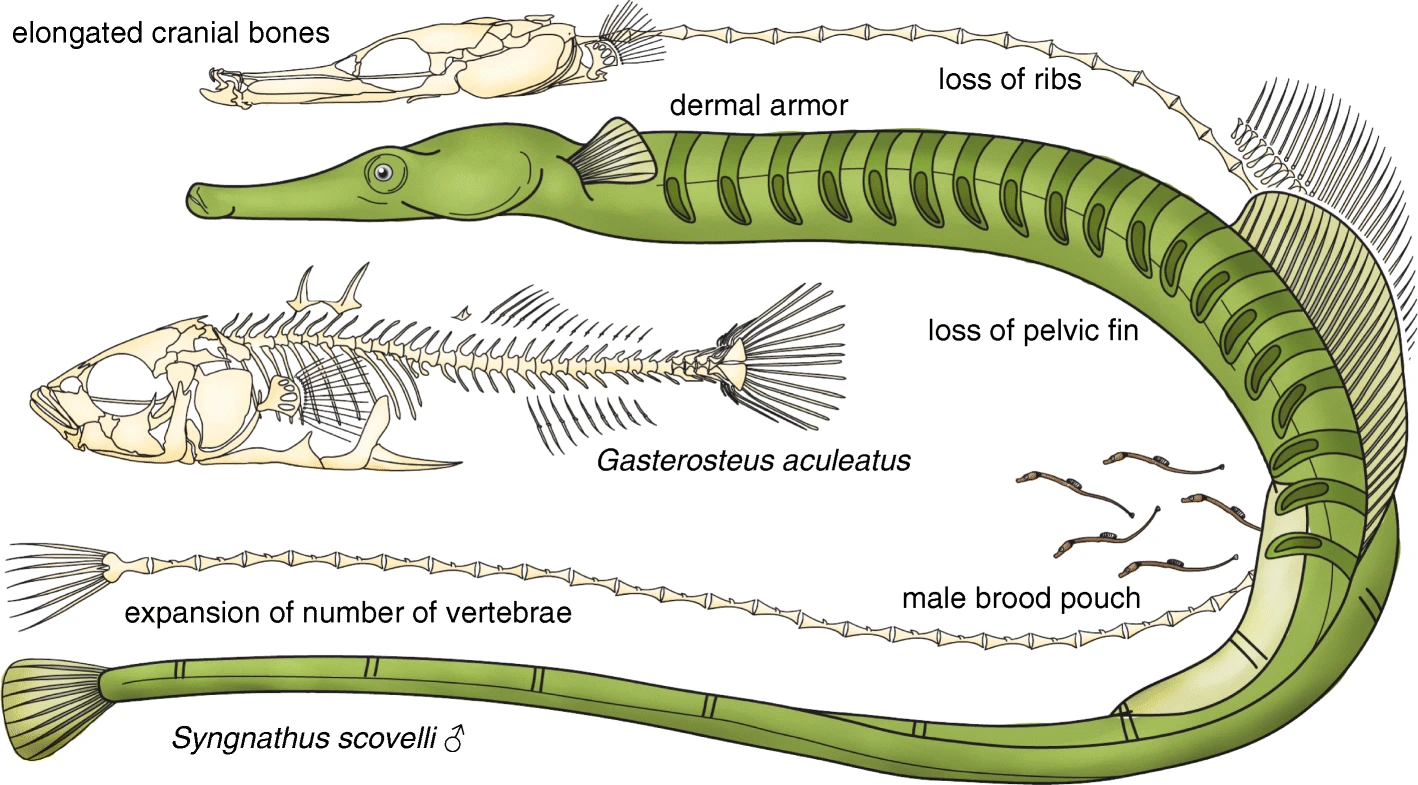|
Campichthys Nanus
''Campichthys nanus'' is a species of marine fish of the family Syngnathidae. It is known from its type specimens that were collected at Pinda, Morrumbala District, Mozambique in the Western Indian Ocean, although there have been unverified reports of its occurrence in the South China Sea as well. This species reaches maturity at and is one of the smallest tail-brooding pipefishes, with males carrying eggs before giving live birth. Habitats and feeding habits of this species are unknown. References Further reading WoRMS Endemic fauna of Mozambique nanus Nanus may refer to: * ''Nanus'' (beetle), a genus of true weevils * Susan Nanus, the scriptwriter for the 1998 '' A Will of their Own'' romantic drama TV mini-series aired on the NBC network * Fort Nanus in Goa, India * one of the main hybrid gr ... Marine fish Fish described in 1977 {{Syngnathiformes-stub ... [...More Info...] [...Related Items...] OR: [Wikipedia] [Google] [Baidu] |
Charles Eric Dawson
Charles Eric "Chuck" Dawson (December 6, 1922 – February 11, 1993) was a Canadian-American ecologist Ecology () is the study of the relationships between living organisms, including humans, and their physical environment. Ecology considers organisms at the individual, population, community, ecosystem, and biosphere level. Ecology overlaps wi ..., ichthyology, ichthyologist, and taxonomy (biology), taxonomist. He held expertise in goby, gobies, flatfishes, and sand stargazers, and was considered "the ultimate authority" on pipefishes in the family Syngnathidae. Life Dawson was born in Vancouver, British Columbia, Canada, but would eventually spend much of his career at the University of Southern Mississippi's Gulf Coast Research Laboratory in Ocean Springs, Mississippi, where he worked early as an administrator, then researcher, and museum curator. Over his long career Dawson wrote 150 publications, on the majority of which he was the sole author. He recognized 52 Syngnat ... [...More Info...] [...Related Items...] OR: [Wikipedia] [Google] [Baidu] |
Syngnathidae
The Syngnathidae is a family of fish which includes seahorses, pipefishes, and seadragons (''Phycodurus'' and ''Phyllopteryx''). The name is derived from grc, σύν (), meaning "together", and (), meaning "jaw". The fused jaw is one of the traits that the entire family have in common. Description and biology Syngnathids are found in temperate and tropical seas across the world. Most species inhabit shallow, coastal waters, but a few are known from the open ocean, especially in association with sargassum mats. They are characterised by their elongated snouts, fused jaws, the absence of pelvic fins, and by thick plates of bony armour covering their bodies. The armour gives them a rigid body, so they swim by rapidly fanning their fins. As a result, they are relatively slow compared with other fish but are able to control their movements with great precision, including hovering in place for extended periods. Uniquely, after syngnathid females lay their eggs, the male then fertiliz ... [...More Info...] [...Related Items...] OR: [Wikipedia] [Google] [Baidu] |
Memba District
Memba District is a district of Nampula Province in north-eastern Mozambique. The principal town is Memba. Further readingDistrict profile(PDF Portable Document Format (PDF), standardized as ISO 32000, is a file format developed by Adobe in 1992 to present documents, including text formatting and images, in a manner independent of application software, hardware, and operating systems. ...) {{coord, 14.183, S, 40.526, E, type:adm1st, display=title Districts in Nampula Province ... [...More Info...] [...Related Items...] OR: [Wikipedia] [Google] [Baidu] |
Morrumbala District
Morrumbala District is a district of Zambezia Province in Mozambique. The town of Morrumbala is the district headquarters. The Shire River forms the western boundary of the district, separating the district from Tete Province and Malawi. The Ruo River, a tributary of the Shire, forms the northwestern boundary. Milange District lies to the north. Mocuba District lies to the east, and Nicoadala District to the southeast. Mopeia District is to the south. Most of the district lies on the Morrumbala Plateau. The plateau drops steeply on its western edge, called the Morrumbala Escarpment, to the valley of the Shire River. Mount Morrumbala (1,172 m.) lies on the western edge of the plateau. Further readingDistrict profile(PDF Portable Document Format (PDF), standardized as ISO 32000, is a file format developed by Adobe in 1992 to present documents, including text formatting and images, in a manner independent of application software, hardware, and operating systems. ...) ... [...More Info...] [...Related Items...] OR: [Wikipedia] [Google] [Baidu] |
Indian Ocean
The Indian Ocean is the third-largest of the world's five oceanic divisions, covering or ~19.8% of the water on Earth's surface. It is bounded by Asia to the north, Africa to the west and Australia to the east. To the south it is bounded by the Southern Ocean or Antarctica, depending on the definition in use. Along its core, the Indian Ocean has some large marginal or regional seas such as the Arabian Sea, Laccadive Sea, Bay of Bengal, and Andaman Sea. Etymology The Indian Ocean has been known by its present name since at least 1515 when the Latin form ''Oceanus Orientalis Indicus'' ("Indian Eastern Ocean") is attested, named after Indian subcontinent, India, which projects into it. It was earlier known as the ''Eastern Ocean'', a term that was still in use during the mid-18th century (see map), as opposed to the ''Western Ocean'' (Atlantic Ocean, Atlantic) before the Pacific Ocean, Pacific was surmised. Conversely, Ming treasure voyages, Chinese explorers in the Indian Oce ... [...More Info...] [...Related Items...] OR: [Wikipedia] [Google] [Baidu] |
South China Sea
The South China Sea is a marginal sea of the Western Pacific Ocean. It is bounded in the north by the shores of South China (hence the name), in the west by the Indochinese Peninsula, in the east by the islands of Taiwan and northwestern Philippines (mainly Luzon, Mindoro and Palawan), and in the south by Borneo, eastern Sumatra and the Bangka Belitung Islands, encompassing an area of around . It communicates with the East China Sea via the Taiwan Strait, the Philippine Sea via the Luzon Strait, the Sulu Sea via the straits around Palawan (e.g. the Mindoro and Balabac Straits), the Strait of Malacca via the Singapore Strait, and the Java Sea via the Karimata and Bangka Straits. The Gulf of Thailand and the Gulf of Tonkin are also part of the South China Sea. The shallow waters south of the Riau Islands are also known as the Natuna Sea. The South China Sea is a region of tremendous economic and geostrategic importance. One-third of the world's maritime shipping passe ... [...More Info...] [...Related Items...] OR: [Wikipedia] [Google] [Baidu] |
Pipefishes
Pipefishes or pipe-fishes (Syngnathinae) are a subfamily of small fishes, which, together with the seahorses and seadragons (''Phycodurus'' and ''Phyllopteryx''), form the family Syngnathidae. Description Pipefish look like straight-bodied seahorses with tiny mouths. The name is derived from the peculiar form of the snout, which is like a long tube, ending in a narrow and small mouth which opens upwards and is toothless. The body and tail are long, thin, and snake-like. They each have a highly modified skeleton formed into armored plating. This dermal skeleton has several longitudinal ridges, so a vertical section through the body looks angular, not round or oval as in the majority of other fishes. A dorsal fin is always present, and is the principal (in some species, the only) organ of locomotion. The ventral fins are consistently absent, and the other fins may or may not be developed. The gill openings are extremely small and placed near the upper posterior angle of the gill ... [...More Info...] [...Related Items...] OR: [Wikipedia] [Google] [Baidu] |
Endemic Fauna Of Mozambique
Endemism is the state of a species being found in a single defined geographic location, such as an island, state, nation, country or other defined zone; organisms that are indigenous to a place are not endemic to it if they are also found elsewhere. For example, the Cape sugarbird is found exclusively in southwestern South Africa and is therefore said to be ''endemic'' to that particular part of the world. An endemic species can be also be referred to as an ''endemism'' or in scientific literature as an ''endemite''. For example '' Cytisus aeolicus'' is an endemite of the Italian flora. '' Adzharia renschi'' was once believed to be an endemite of the Caucasus, but it was later discovered to be a non-indigenous species from South America belonging to a different genus. The extreme opposite of an endemic species is one with a cosmopolitan distribution, having a global or widespread range. A rare alternative term for a species that is endemic is "precinctive", which applies to s ... [...More Info...] [...Related Items...] OR: [Wikipedia] [Google] [Baidu] |
Campichthys
''Campichthys'' is a genus of pipefishes native to the Indian and Pacific Ocean The Pacific Ocean is the largest and deepest of Earth's five oceanic divisions. It extends from the Arctic Ocean in the north to the Southern Ocean (or, depending on definition, to Antarctica) in the south, and is bounded by the continen ...s. Species There are currently four recognized species in this genus: * '' Campichthys galei'' ( Duncker, 1909) (Gale's pipefish) * '' Campichthys nanus'' C. E. Dawson, 1977 * '' Campichthys tricarinatus'' C. E. Dawson, 1977 (Three-keel pipefish) * '' Campichthys tryoni'' ( J. D. Ogilby, 1890) (Tryon's pipefish) References Marine fish genera Taxa named by Gilbert Percy Whitley {{Syngnathiformes-stub ... [...More Info...] [...Related Items...] OR: [Wikipedia] [Google] [Baidu] |
Marine Fish
Saltwater fish, also called marine fish or sea fish, are fish that live in seawater. Saltwater fish can swim and live alone or in a large group called a school. Saltwater fish are very commonly kept in aquariums for entertainment. Many saltwater fish are also caught to be eaten, or grown in aquaculture. However, many fish species have been overfished and are otherwise threatened by marine pollution or ecological changes caused by climate change. Diet Fishes that live in the ocean can be carnivores, herbivores, or omnivores. Herbivores in the ocean eat things such as algae and flowering seagrasses. Many herbivores' diets consist of primarily algae. Most saltwater fish will eat both macroalgae and microalgae. Many fish eat red, green, brown, and blue algae, but some fish prefer certain types. Most saltwater fish that are carnivores will never eat algae under any circumstances. Carnivores' diets consist of shrimp, plankton, or tiny crustaceans. Captivity Saltwater aquariums are ... [...More Info...] [...Related Items...] OR: [Wikipedia] [Google] [Baidu] |




.jpg)
